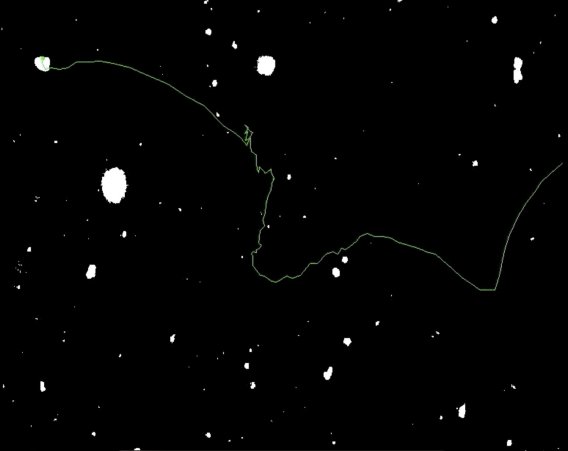Symmetries and asymmetries in how falling snowflakes interact with irregular turbulent atmospheric flows
Tim Garrett, professor in Atmospheric Sciences at the University of Utah and Chief Scientific Advisor at Particle Flux Analytics Inc.
Abstract: A long-standing problem in fluid dynamics is how nonspherical inertial particles settle in a turbulent fluid. From a theoretical standpoint, the problem appears nearly intractable, at least without introducing substantial idealizations. We have approached the problem observationally by focusing on snowflakes using a combination of Lagrangian motion tracking and the first direct automated microphysical measurements of snowflake mass and density using a hotplate-based disdrometer. Examining an exceptionally broad range of turbulence and microphysical conditions, we observe that snowflakes can have settling speeds much lower or higher than the terminal fall speed in still air, and that the magnitude of the enhancement can be parameterized as a power-law function of snowflake shape and the turbulent intensity. While the distribution of the turbulence-induced settling enhancement is highly asymmetric, remarkable simplicity and symmetry is seen for turbulence-induced accelerations. Fat tails encompass ~1% of measurements forcing snowflake accelerations as high as 14 times gravity, and root-mean-square accelerations are many times higher than anticipated for fluid tracers in homogeneous isotropic turbulence. Notably a single, symmetric, rms-normalized frequency distribution describes snowflake accelerations independent of turbulent Reynolds number. Perplexingly, the same distribution even applies to Eulerian variability in snowflake terminal velocities, a quantity that is ostensibly independent of turbulence. The picture presented is that, despite the apparent complexity of the problem, the accelerations of natural, non spherical particles settling in irregular turbulence are governed by some underlying simplicity, and that there may be a hidden link between instantaneous snowflake movements measured near the ground and the microphysical processes that determine their terminal fall speed variability higher up in clouds.

About: Tim Garrett received his B.Sc in Physics from the University of Waterloo. He went on to complete his M.S. and his Ph.D. in Atmospheric Sciences from the University of Washington. He works on clouds and precipitation as they relate to climate.
